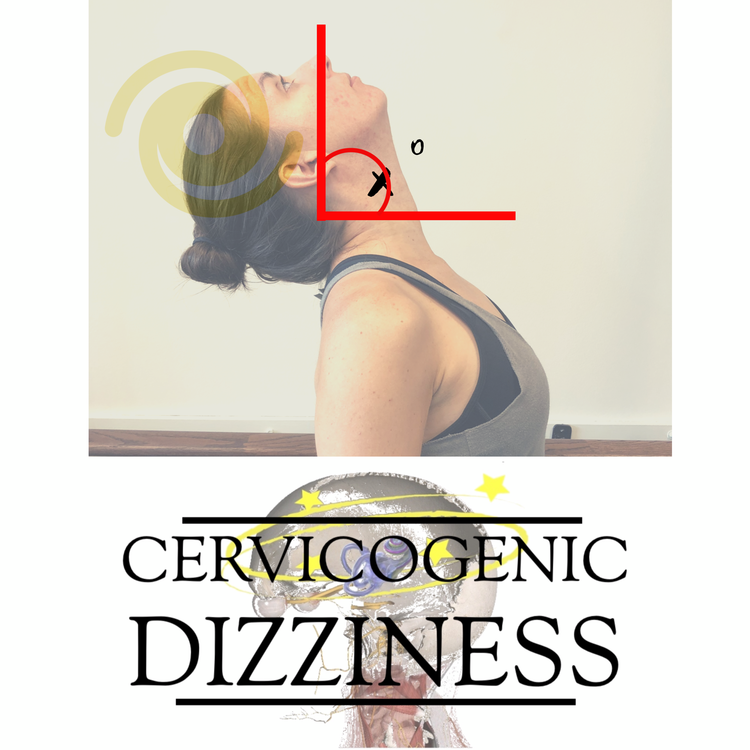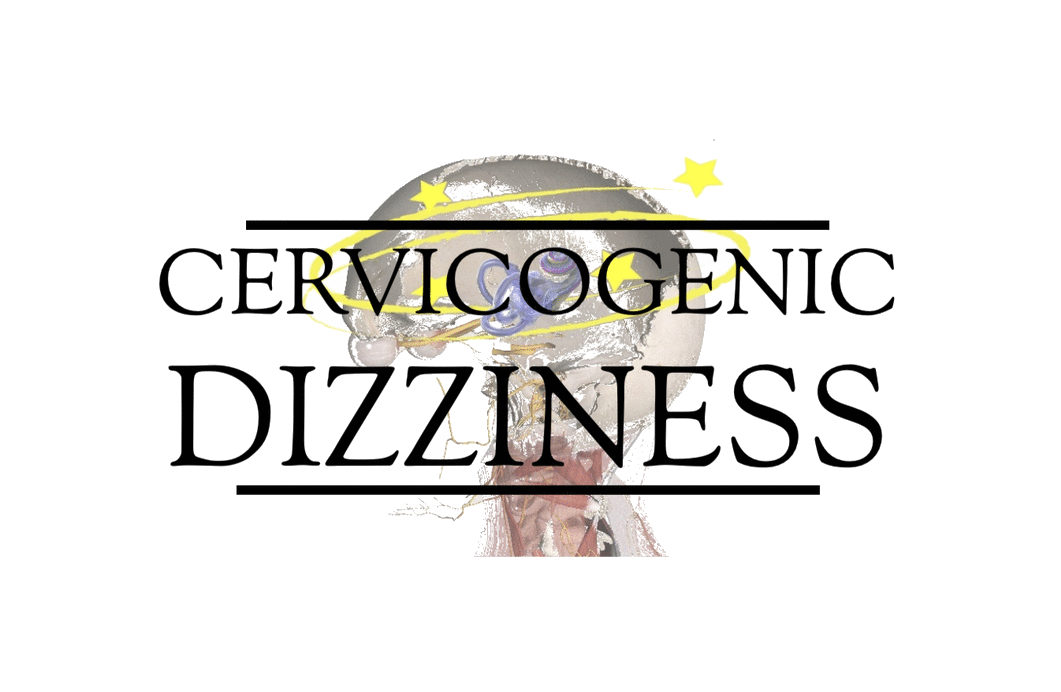
Cervicogenic Dizziness
Concussion has been a hot topic in the last few years and continues to grow in awareness, diagnostic and treatment options in the field of medicine. Rehabilitation professionals, such as physical therapists, play a vital role in recovery from this injury and can be argued to be the best healthcare provider to aid in a progressive, graded exposure to return to sport/play. Treating patients recovering from this injury can be challenging but our field offers us the training and ability to address the multiple dimensions of symptoms; including the oculomotor, vestibular, cervical and central impairments.

Even though concussion can be considered physiologically a "brain injury", there is a plethora of data correlating the mechanism of injury and impulsive forces to whiplash mechanism, such as seen in a car wreck (Elkin et al 2016, Alexander 2003, Hynes & Dickey 2006, Morin 2016). So not only could impulsive forces in concussion involve the head, but the neck as well (Marshall 2015, Kennedy 2017). This is not a new subject per say, but with the continued expression of "brain injury" and "central condition"; I want to express to my colleagues that symptoms of headache and dizziness could be generators of nocioception and/or alterered proprioception. There have been some authors to go as far as suggesting concussion should be appropriately called the monikor craniocervical shaky syndrome (CCSS).

Instead of simply allowing the brain injury diagnosis sticker dampen the prognosis to allow healing to occur, it is recommended to consider the cervical spine a potential reason/cause for post-concussion persistent symptoms. Considering dizziness after sport-related concussion is common and reported to be in 43-81% of cases (Alslaheen et al 2010, Duhaime et al 2012, Lau et al 2011), it is highly recommended to get the formal assessment, evidence and treatment for these patients.
Let's move on together to aid in finding potential, pragmatic and VERY treatable region of the body. It can be challenging to find which system is of particular importance in the driver of post-concussive symptoms, but if you think it is the cervical spine, we have the answers for you.
Cervicogenic Dizziness Course
You can learn more about the screening and treatment process of Cervicogenic Dizzinesss through Integrative Clinical Concepts, where the authors (husband–a manual therapist a wife—a vestibular specialist), teach a very unique course combining both the theory and practice of vestibular and manual principles in their 2-day course. Pertinent to this blog post, the 2nd day includes the “Physio Blend”, a multi-faceted physiotherapist approach to the management of Cervicogenic Dizziness, which includes treatments of the articular and non-articular system of manual therapy and the most updated sensorimotor exercise regimen.
If you would like to host a course for your staff (either a vestibular, neuro, sports or ortho clinic), please do not hesitate to contact me at harrisonvaughanpt@gmail.com for more information.
AUTHORS
Harrison N. Vaughan, PT, DPT, OCS, Dip. Osteopracic, FAAOMPT
Instructor: Cervicogenic Dizziness for Integrative Clinical Concepts
Danielle N. Vaughan, PT, DPT, Vestibular Specialist
Instructor: Cervicogenic Dizziness for Integrative Clinical Concepts



